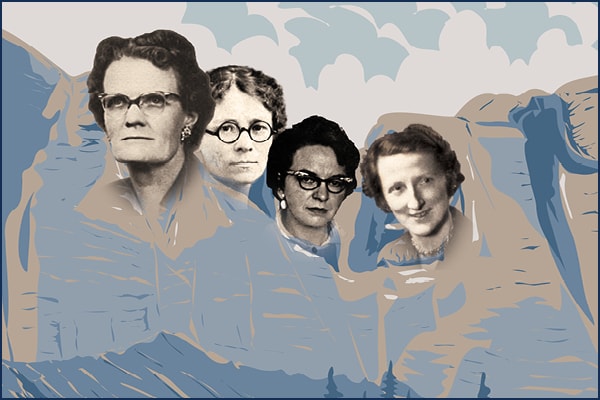In the world of sports, great athletes tower above the rest, their achievements are so monumental that they earn a place in history and are compared to the iconic figures on Mount Rushmore.
March is Women’s History Month, so we decided to highlight four unique women who left an indelible mark on the history of Dickinson State University. Like the famous granite faces of former presidents, these DSU legends are etched into the story of Dickinson State as benchmarks of excellence and inspiration.
Matilda Stoxen, Winnifred Stump-DeLong, Maude Klinefelter, and Lorraine Schumacher deserve their metaphorical place on the Mount Rushmore of DSU.
Matilda Stoxen
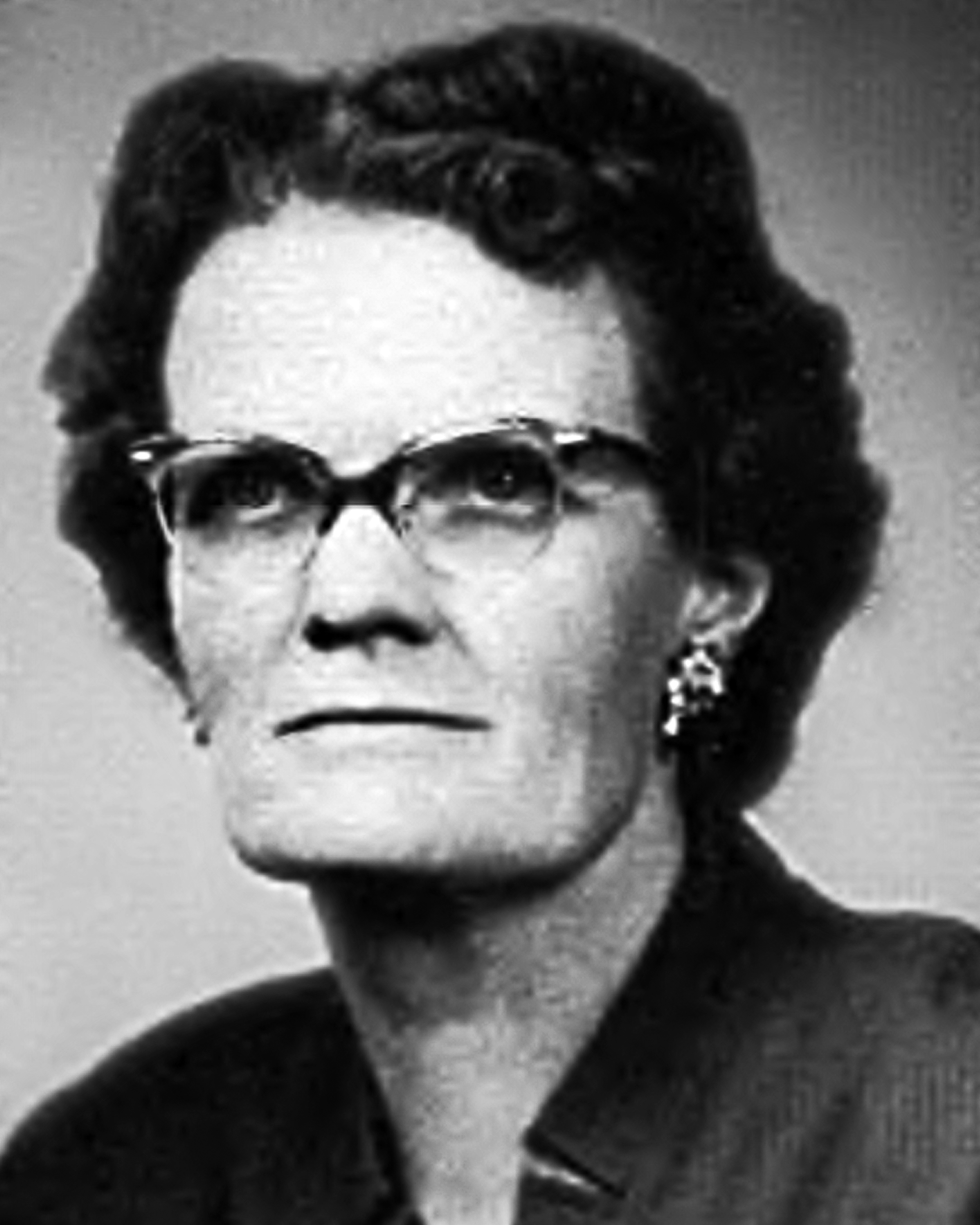 Stoxen was a member of the first graduating class of Dickinson Normal in 1920. In
1925, she joined the faculty of Model High at Dickinson Normal School, agreeing to
finish the school year for someone who had become ill. That year, she taught several
classes of women's physical education, directed the high school play, and tutored
high school students in general history.
Stoxen was a member of the first graduating class of Dickinson Normal in 1920. In
1925, she joined the faculty of Model High at Dickinson Normal School, agreeing to
finish the school year for someone who had become ill. That year, she taught several
classes of women's physical education, directed the high school play, and tutored
high school students in general history.
At the end of spring quarter in 1926, President May offered Miss Stoxen the position of librarian at the college. In addition to her library duties, she taught high school English, physical education, and general history.
The current library, a much-needed addition to the College, was added in 1961 and dedicated to Matilda Stoxen.
According to the DSU archives, Stoxen acted in the best interests of the college in her own quiet and unobtrusive way. She directed plays for ten years, including twenty major productions.
During many summers, she visited, at her own expense, libraries on other campuses
to discover the most efficient and friendly usage which could be rendered to students
in search of knowledge.
Miss Stoxen saw the library grow from a disorganized array of books and magazines
to a building housing tens of thousands of volumes, and brought order to the repository
to which she devoted her life. Students now have access, through the library, to millions
of volumes and periodicals.
Matilda Stoxen contributed, in her own quiet way, to the good of "The College on The Hill."
Little known fact: Stoxen, along with two of her sisters, Hulda and Clara (all alumni of Dickinson Normal School), founded Taylor Nursery in the mid-1950s.
Winifred Stump-DeLong
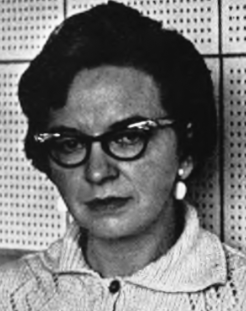 Stump-DeLong, born in 1926, was the first woman to win a National Defense Fellowship,
allowing her to pursue doctoral work. At Dickinson State, she was a professor and
administrator for 27 years. She was the first female Dean of Arts and Sciences and
was instrumental in establishing the Department of Speech and Theatre Arts.
Stump-DeLong, born in 1926, was the first woman to win a National Defense Fellowship,
allowing her to pursue doctoral work. At Dickinson State, she was a professor and
administrator for 27 years. She was the first female Dean of Arts and Sciences and
was instrumental in establishing the Department of Speech and Theatre Arts.
Stump-DeLong joined the Dickinson State College (DSC) faculty in 1962 teaching one drama class and three speech classes, one of which was the first interpersonal communications class at Dickinson State. Her homework assignments were unconventional. She instructed students to sit a little too close to someone in the cafeteria or to say, “I love you” to a parent and note the reactions of other people.
Along with her teaching responsibilities, Stump-DeLong played a large role in reviving forensic activities at DSC by starting the debate squad in 1963. The DSC chapter of Pi Kappa Delta, the national forensic society, was chartered three years later. Stump-DeLong was the chapter’s advisor. She remained the debate coach throughout the duration of her time at DSC. Her success and the success of her students were results of the spirit of hard work she brought to the classroom.
Stump-DeLong blended her spirit of hard work, her enthusiasm, and her boundless joyful attitude toward life. During her 23-year career at Dickinson State, she was known her for her quick wit and humorous manner.
In 2003, she wrote “The Story of Dickinson State: The College on the Hill, 1907-2003.” This book captures the rich history of Dickinson State.
Little known fact: Stump-Delong is a member of the Hall of Fame of the North Dakota Speech and Theatre Association.
Maude Klinefelter
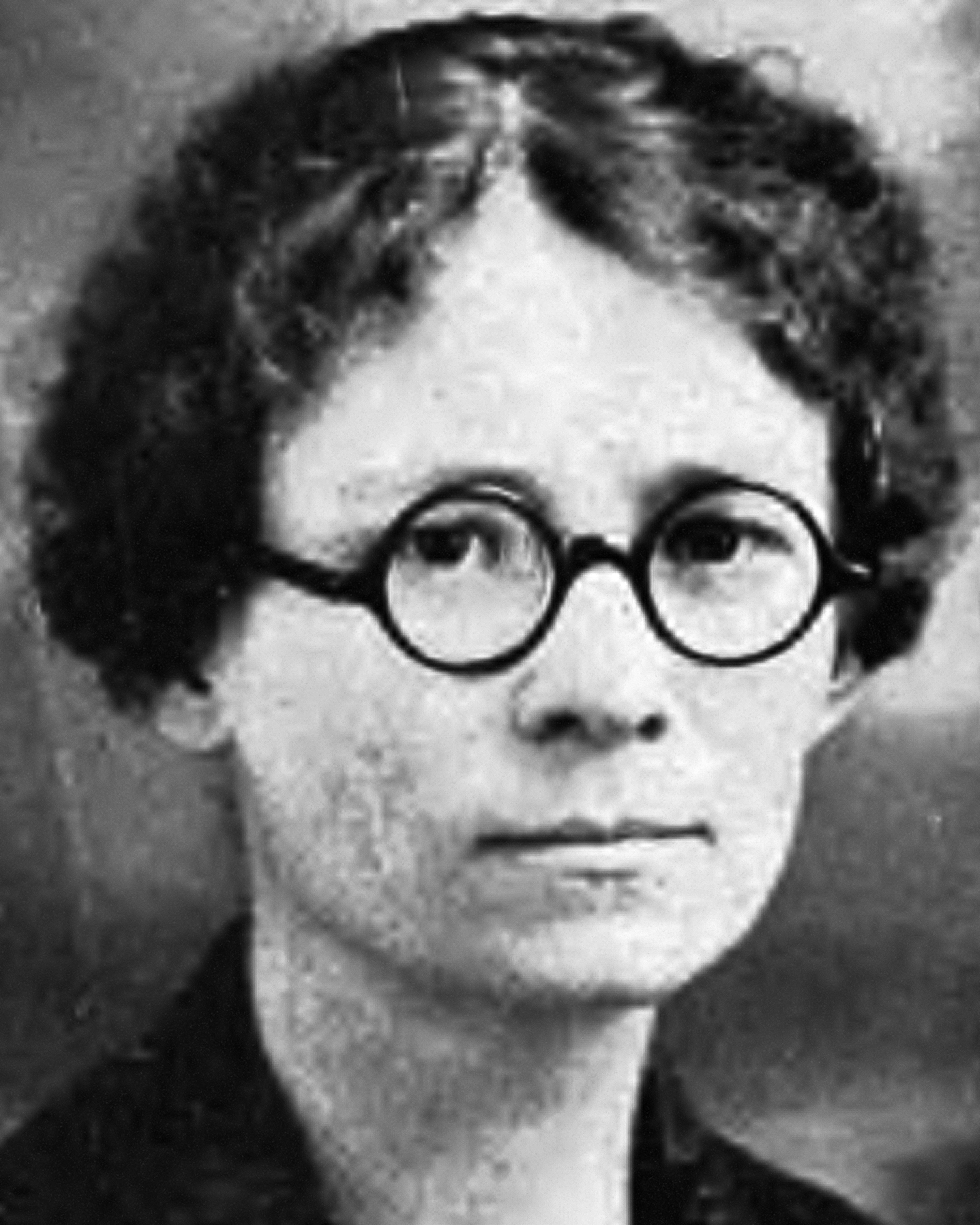 In 1918, Samuel T. May hired Anna Maude Klinefelter as secretary, treasurer, and registrar
of the new normal school. With that one move, May changed the course of the institution's
history.
In 1918, Samuel T. May hired Anna Maude Klinefelter as secretary, treasurer, and registrar
of the new normal school. With that one move, May changed the course of the institution's
history.
From the day she first arrived in Dickinson, Klinefelter devoted herself to the college.
Klinefelter served the college as secretary-treasurer and occasionally as registrar
until 1954, then remained on the staff as Director of Correspondence for another five
years.
She kept all the records, wrote and signed all the checks for payrolls, supplies,
and all the buildings built on campus during her tenure. She helped prepare all the
budgets, acted as banker for many students, and did numerous other jobs. "Her insistence
on saving the taxpayers’ money sometimes irritated members of the faculty. According
to The Story of Dickinson State, when one of the professors asked her for another
red pencil, she said, “Bring back the remainder of the one I gave you last week.''
Her salary was only $70 a month in the first year of the college's operation and climbed
slowly after that. In his book, The History of Dickinson State, Dr. Belsheim remarked,
“it will never be known how many students she helped with their financial problems.
It is said that if, on registration day, a student didn't have the money to pay his
fees in advance, that she would take what he had and trust him to bring in the remainder
whenever he could, even though it would be only a dollar or two at a time.”
Klinefelter graduated from Dickinson State in 1921 and became instrumental in establishing
the Alumni Association. She was the predominant figure in that group until she retired.
To honor her years of service, South Hall, which she had watched being built, was
renamed Klinefelter Hall.
Little known fact: You can still read Maude Klinefelter’s scrapbooks online at https://dsuarchive.com/items/show/1
Lorraine Schumacher
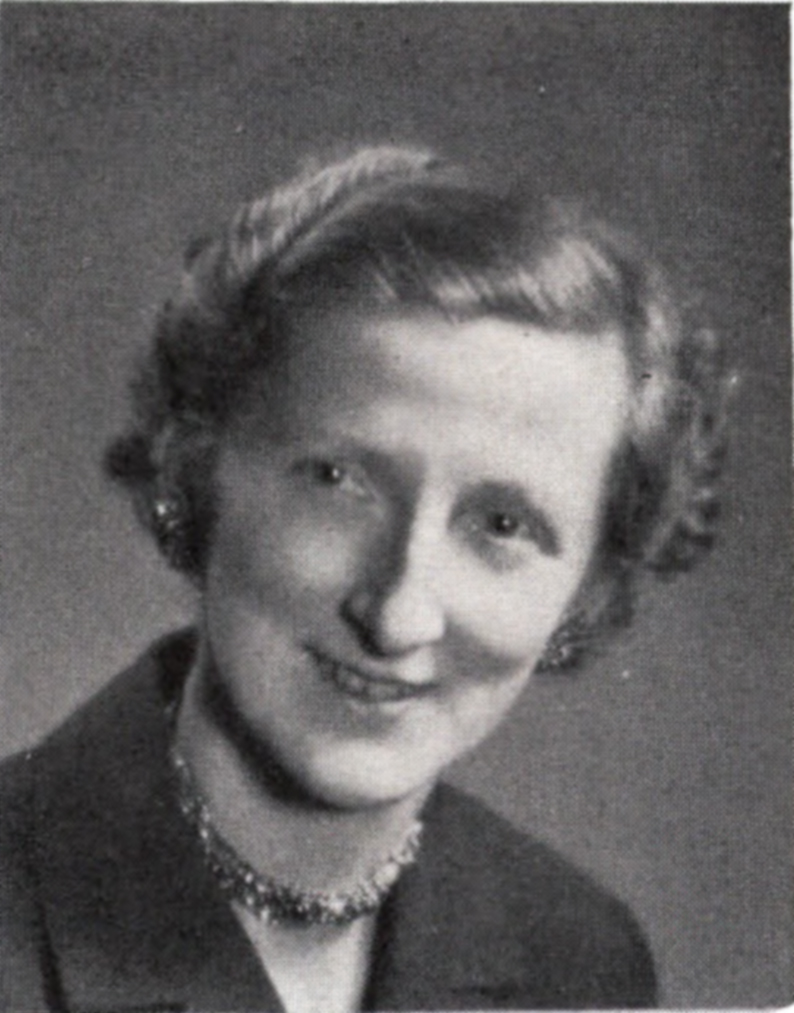 Loraine Schumacher was hired as a physical education teacher and coach at Dickinson
State. When she arrived on campus in 1948, women played a less significant role on
campus. Schumacher was determined that the status quo was going to change and change
quickly.
Loraine Schumacher was hired as a physical education teacher and coach at Dickinson
State. When she arrived on campus in 1948, women played a less significant role on
campus. Schumacher was determined that the status quo was going to change and change
quickly.
The Physical Education major and minor were established, followed by the recognition of women’s track and field—the first women’s sport offered after WWII. Schumacher developed the Women’s Recreation Association for college women and the Girls’ Recreation Association for the Model High School. Women were becoming more visible throughout the country in athletics, especially basketball, track, and gymnastics.
Schumacher will go down in the annals of history as being instrumental in starting women’s sports at Dickinson State. Women’s track began informally and was not recognized by the conference at the time. The program swiftly gained momentum, leading to a remarkable era of success as Dickinson State women triumphantly clinched the outdoor track championships consecutively from 1971 to 1978.
Little known fact: During Schumacher’s tenure there was a Sakakawea Conference (for women athletes only).
Stoxen, Stump-DeLong, Klinefelter, and Schumacher each represent an important piece of Dickinson State University's history. Their contributions paved the way for current Dickinson State women in academia, sports, and leadership. As we reflect on their achievements during Women's History Month, it reminds us of the power of dedicated individuals to enact meaningful change and leave a lasting impact.
A special thank you to the DSU Archive, “The Story of Dickinson State” by Orbourne Belsheim, “The Story of Dickinson State: The College on the Hill” by Winifred Stump-DeLong, and Luvern Jesson.

